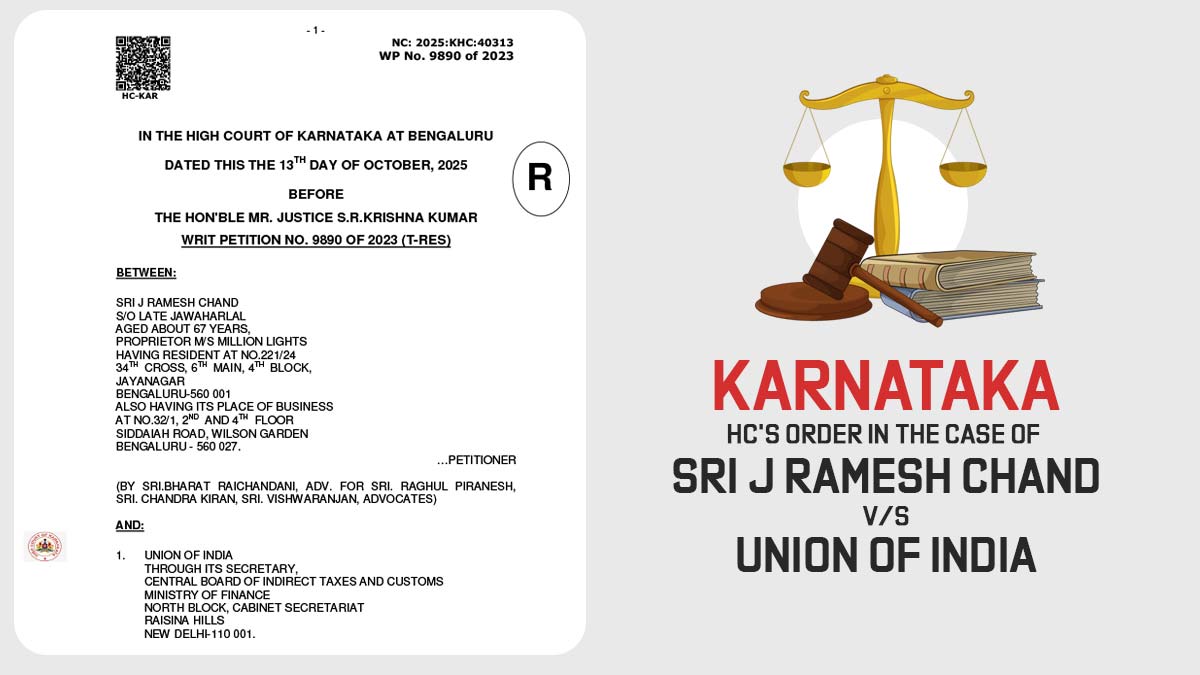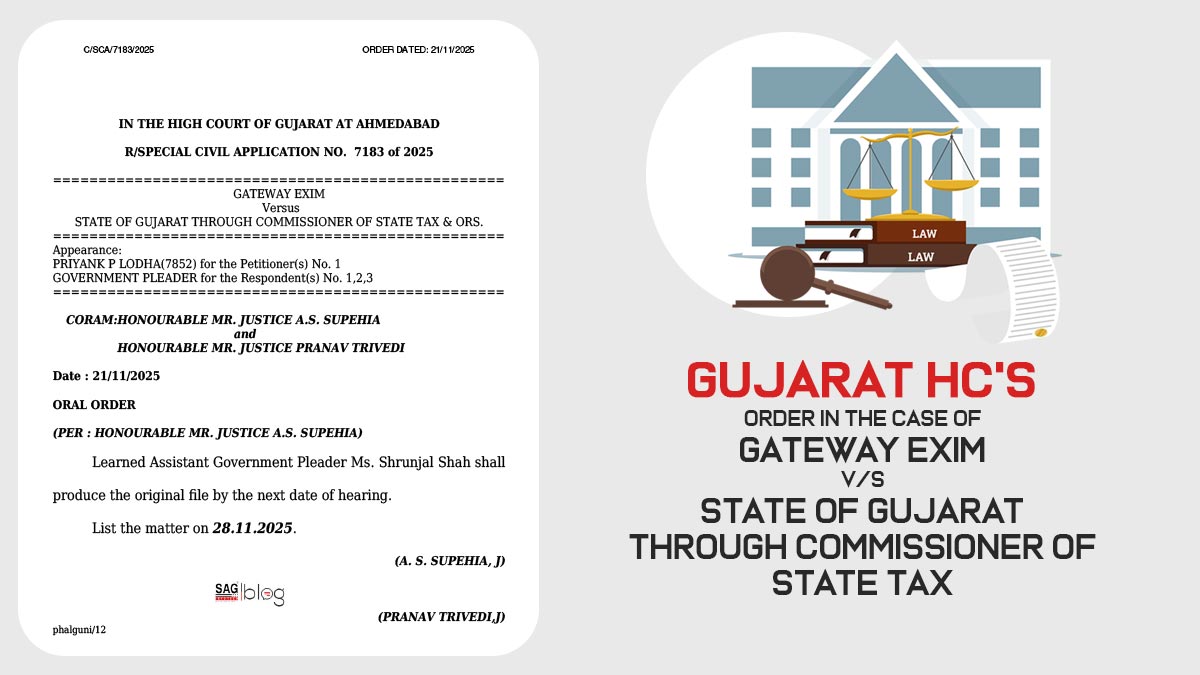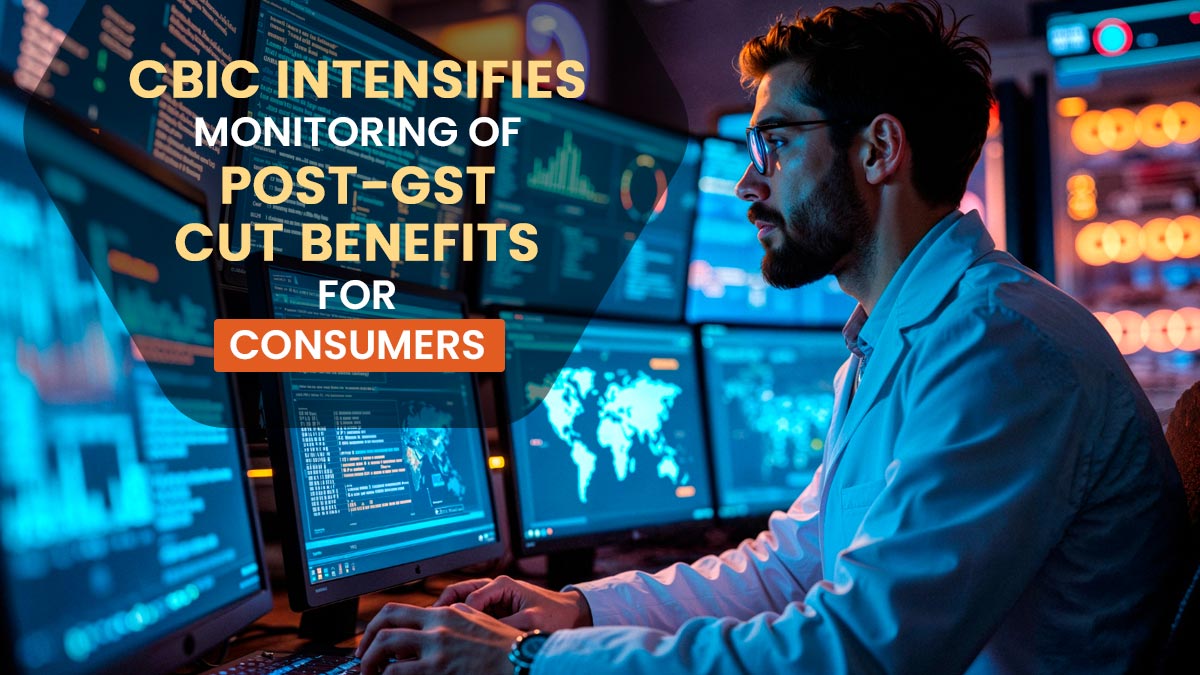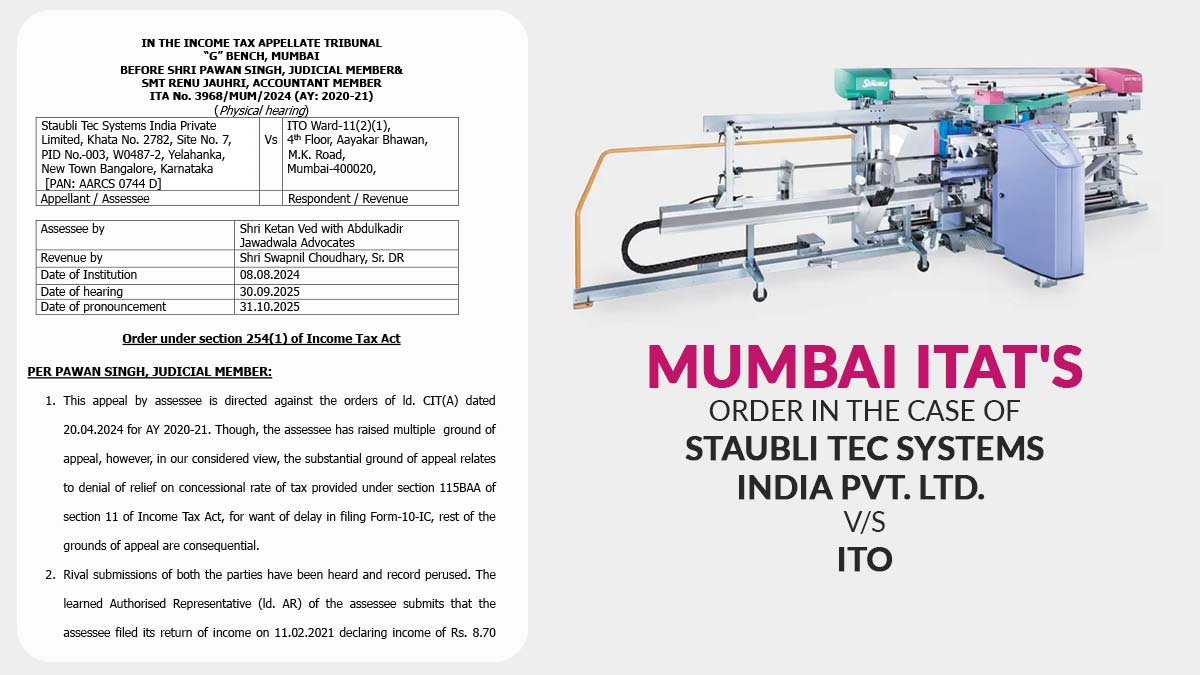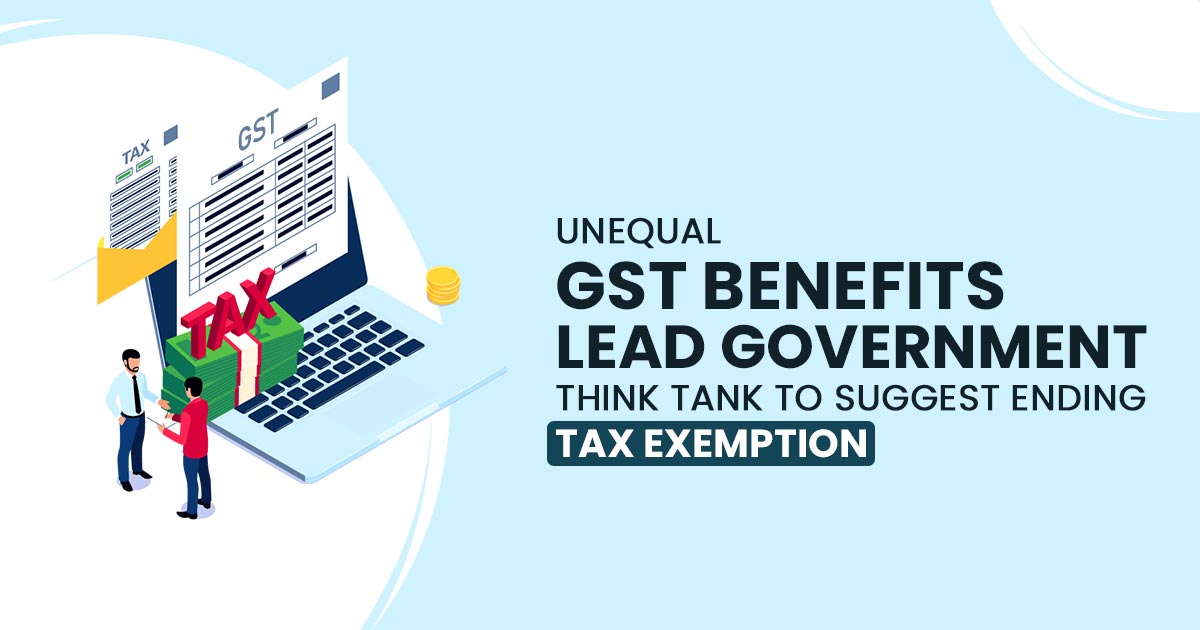
A finish of GST exemption has been offered by the leading government think tank also the authorities have not taken any action for the last 6 months.
The National Institute of Public Finance and Policy (NIPFP) study contends for drawing all the goods and services under the tax regime since the rich are obtaining more advantages opposite to the consideration that the tax exemptions provide the advantage to the lower strata of the consumers.
If the industry wants an easier GST regime then they should introspect, according to Central Board of Indirect Taxes and Customs (CBIC) chairman Sanjay Agarwal.
Issues might arise when they ask for exemptions on two out of five items as the ITC for these matters shall not get permitted on the exempted items. Such may disturb the complete ITC chain.
In the current times, the regime delivers tax exemption to different critical and basic goods and services like food grains, fruits, vegetables, hospitals, diagnostic tests, education, and public transport.
Read Also:- Input Tax Credit Guide Under GST: Calculation with Examples
NIPFP which is the working paper- “Distributional Impact of Indian GST” contended that the exemptions on the goods and services tax are furnishing additional advantages before the households that secures higher monthly expenses compared to the lower strata of consumers.
Under the finance ministry, the NIPFP (National Institute of Public Finance and Policy) is an autonomous research institute. Apart from that same is been revealed that the exempted items secure nearly 20% of low-income households’ monthly expenditures, and therefore, drawing them beneath the tax net is improbable to affect the consumers.
Currently, there are 9 tax slabs in GST: (exempted), very low (exempt to 5 per cent), low (5 per cent), lower middle (5-12 per cent), middle (12-18 per cent), upper middle (18 per cent), upper (28 per cent), high (higher than 28 per cent), and lastly out-of-GST.
It deemed 123 major groups of items of household consumption in 2021-22 to fetch the distributional impact of taxes and exemptions, as per the study of Sacchidananda Mukherjee.
According to CMIE’s Consumer Pyramids Household Survey the lowest income households or 5 per cent GST of the households from the bottom when the households are organized as per the personal consumption cost, spent roughly Rs 934 per person per month in 2021-22 on consumption. The top 5 per cent spent Rs 5,945 per person per month, as per the survey.
As per the study that the working paper has produced the lowest income household spent about 20 per cent of their money on GST-exempt items like foodgrains, vegetables, fruits, public transport and so on. This low-income group spends about 35 per cent of their money on items that are taxed at 5 per cent GST.




